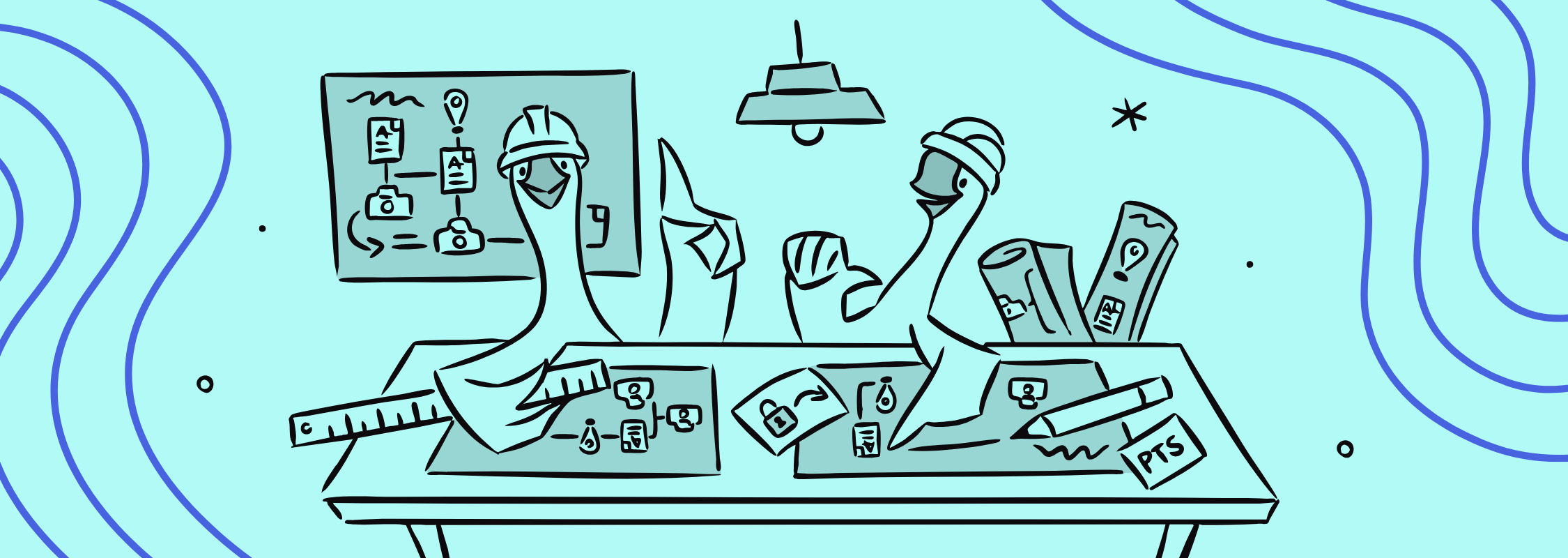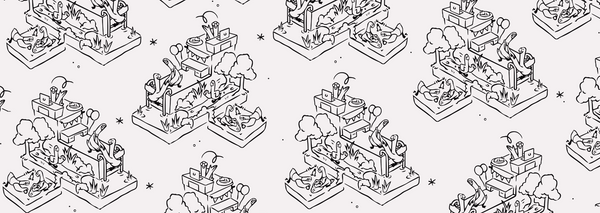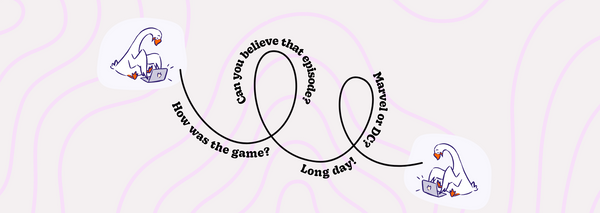The Office Team Building Scavenger Hunt Guide - Part 2: Creating Missions and Running the Hunt
In this 3-part guide (links to Part 1 and Part 3), we share some of our tips on organizing photo and video scavenger hunts for an office team-building event. Please note that while our guide will primarily be focusing on groups utilizing the GooseChase Platform to run their game in an office setting, these tips will certainly be helpful for any organizer putting together a scavenger hunt in general.
Now that you have completed the steps from Part 1 and set overall goals for your scavenger hunt, scheduled a time to run the event, and organized your teams; it's time to figure out how to create the best possible missions to fill up your list of challenges. If you have reliable ways to communicate with your participants during the scavenger hunt, such as through instant messaging or GooseChase's built-in announcements feature, it's also a good idea to pre-plan a few missions for release during the game as surprise or bonus challenges.

Include a Variety of Challenges that Appeal to Different Participants
Just like with team organization, your choice of scavenger hunt missions play a big part in dictating the flow of your event. When creating missions and assessing the value they add, keep in mind that each individual will have different skills and talents they can contribute to their teams. A scavenger hunt mission asking team members to demonstrate their athletic ability might appeal to some, while a mission asking for team members to demonstrate their artistic talents might feel more rewarding to others. Incorporating a balance of mission types on your list will help to ensure that the entire team feels involved. A few examples of factors to keep in mind when drafting missions, along with questions you might want to ask yourself when populating your list include:
- Mission Difficulty: Do the number of points rewarded reflect the effort it takes to complete this mission?
- Teamwork/Cooperation: Does this mission focus on individuals members of teams, or does it encourage everyone to work together?
- Humour/Engagement: Is this challenge set-up in a way that results in funny situations and humorous interactions?
- Creative Potential: Does the mission leave enough room for participants to insert their own brand of creativity? (good to include if you announce that bonus points can be awarded.)

Create Missions that Align with Your Event Goal
Your missions are the primary medium in which your participants experience your scavenger hunt event, and definitely shouldn't feel like they're randomly thrown together. When organzing, make sure you aren't leaving mission planning to the last minute. Even if you are using scavenger hunt missions that you sourced elsewhere, such as our "Scavenger Hunt Ideas" blog posts, make sure you take some time customize them to suit your organization's purposes.
Taking the same examples of overall event goals from part 1, the following are some examples of missions included in order to meet each goal.
-
Introduce new recruits to a company that already has a rooted culture or dynamic: Photograph your team with somebody who has been with the company for the last 3 product launches.
-
Create tighter, cooperative relationships between team members who usually work independently or on different teams: Record two people on your team, who have vastly different personalities, switching identities and having a conversation as each other. Bonus points if they switch clothes!
-
Create an engaging experience for teams that enjoy competition and friendly rivalries.: Find another team and film a member from each team completing against each other in a 50m foot race.
-
De-stress and relieve tension after a busy period at work.: Take a photo of your team assembled into a human pyramid!

Stay Engaged With Your Event As It's Happening and Utilize Bonus Missions
No matter how much work you put in during the planning stages, keep in mind that large group events rarely play out exactly as intended. A mission you thought was going to be a hit might not be as popular as you hoped, participants might be completing challenges faster than you intended, or team engagement might not be as high as you expected. Don't get discouraged, as long as you stay engaged with the scavenger while it is running by keeping an eye on the GooseChase Leaderboard, and tracking submissions as they are coming in, you can continue to creatively add to your event to make sure it flows smoothly.
As an organizer, surprise/bonus missions are a valuable tool that can be strategically used to coordinate teams during the scavenger hunt. If done right, bonus missions introduced at the right time can help keep your teams on their toes, as well as help you accomplish logistical goals such as:
-
Making sure teams are making their way back to a central rendezvous point at a specific time; by releasing a high-value mission close to the meeting point.
-
Making sure a team that's slipping behind on the leaderboard isn't completely discouraged from continuing; by releasing a mission suited to that team's abilities.
-
Encourage further networking and cooperation; by announcing more missions that require teams to find each other and work together.
The GooseChase Platform's bonus points feature is also a useful tool to motivate your participants while the game is happening. Scavenger hunts where the teams really go all out and put creative effort into their mission submissions are always better than hunts where teams just fulfill the minimum requirements in order to grab points. Announcing bonus points not only let your participants know that you're on the lookout for extraordinary submissions, but also motivate teams to continuing going above and beyond as they continue to complete the rest of their mission lists.
At the end of the day, remember that running a memorable and fun event for your guests should be your top priority. If all goes well and your teams are fully engaged in the event and making it their own, sometimes the best course of action is to just let the game play out instead of over-managing.
When you're ready, continue on to Part 3, where we detail how to conclude your team builder scavenger hunt with a debrief and wrap-up.
What is GooseChase?
GooseChase is an online platform that helps organizers create and run digital scavenger hunt experiences for team building, learning, public engagement, or a variety of other events. Sign up and try creating a free recreational game, or contact us to learn more about our enterprise solutions!





